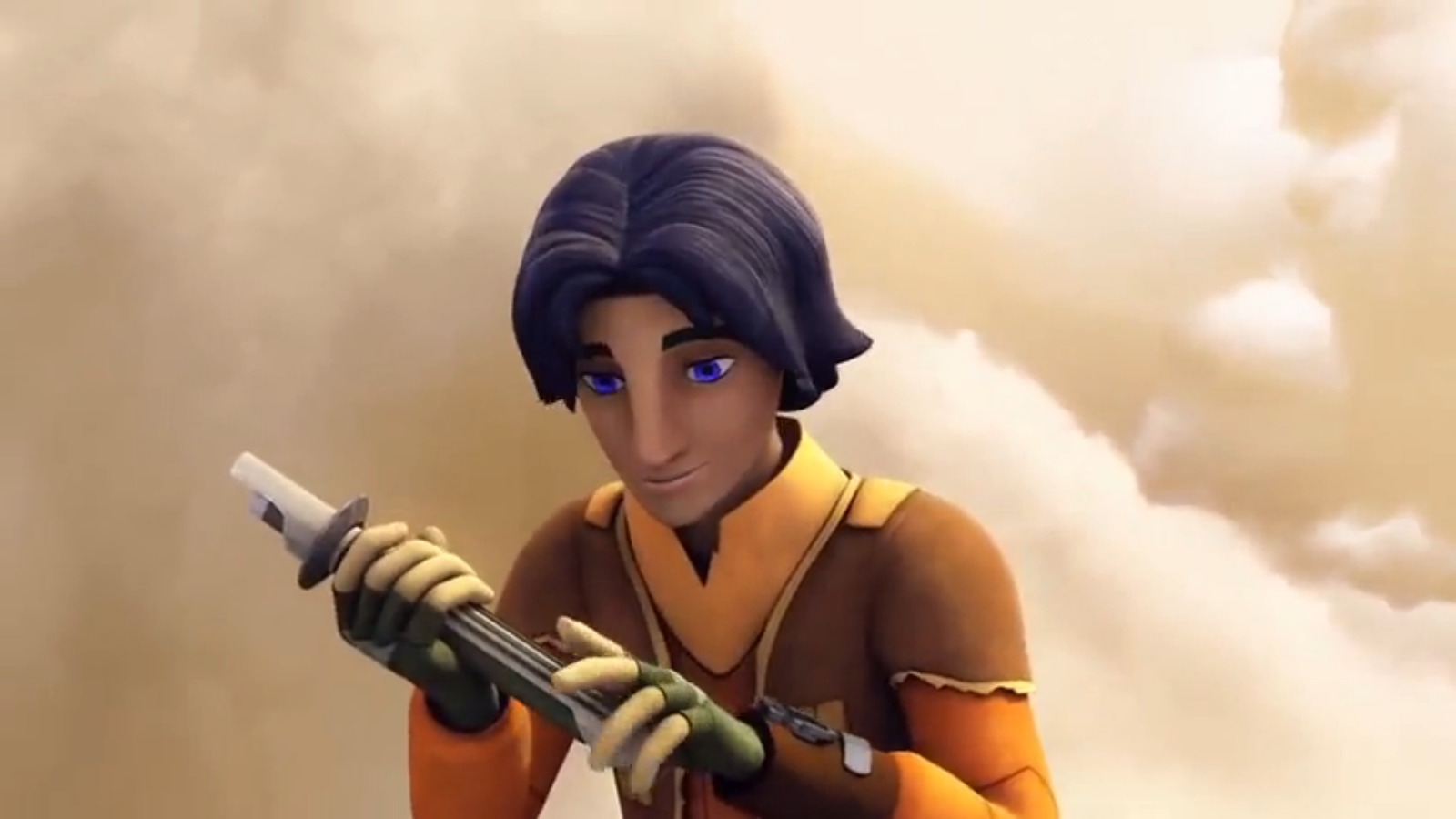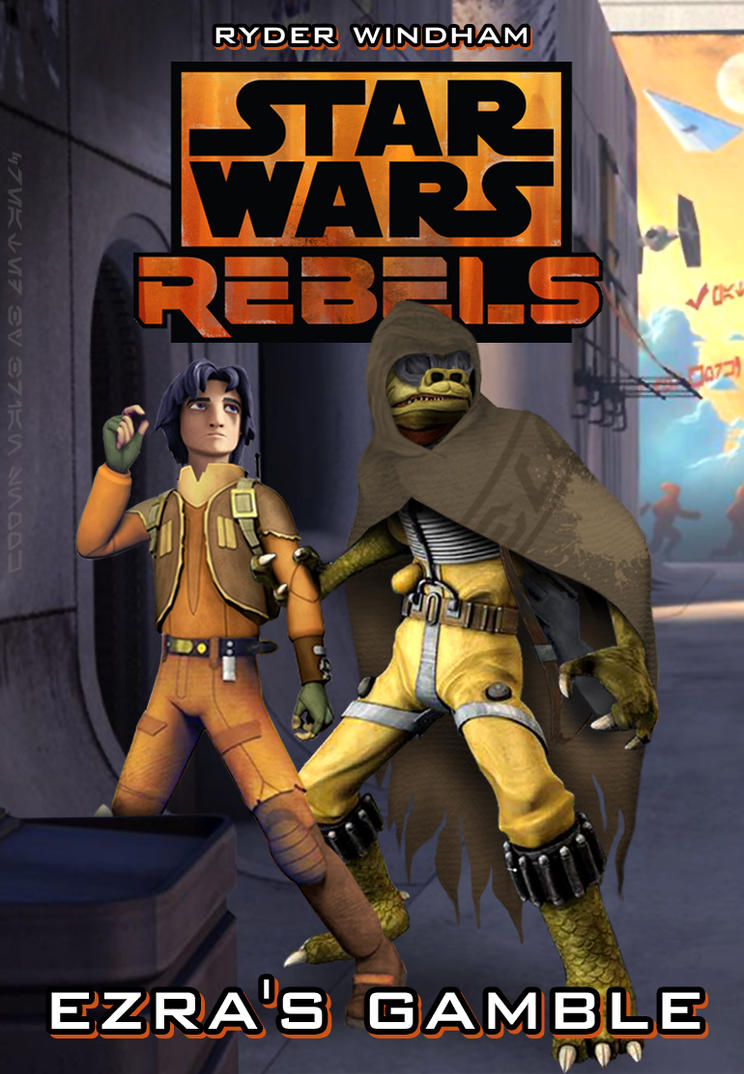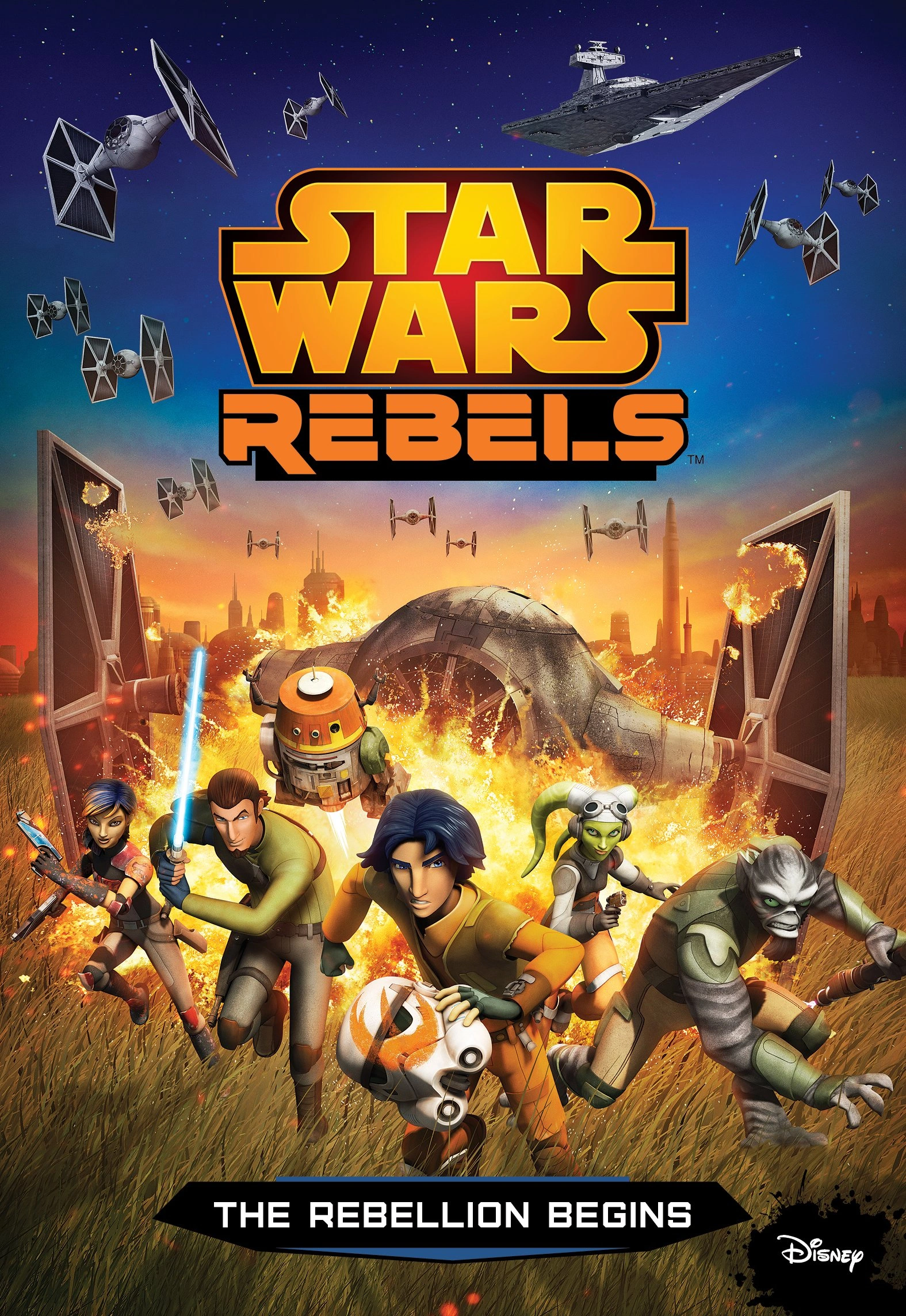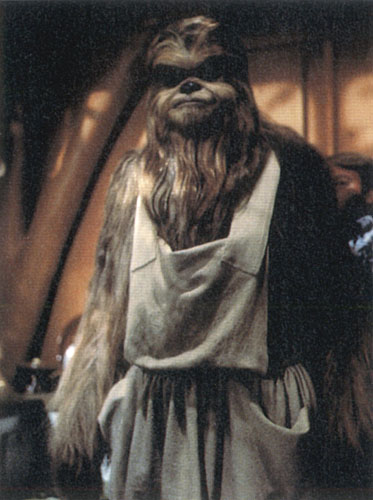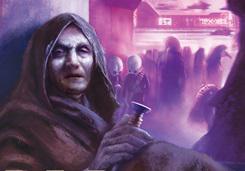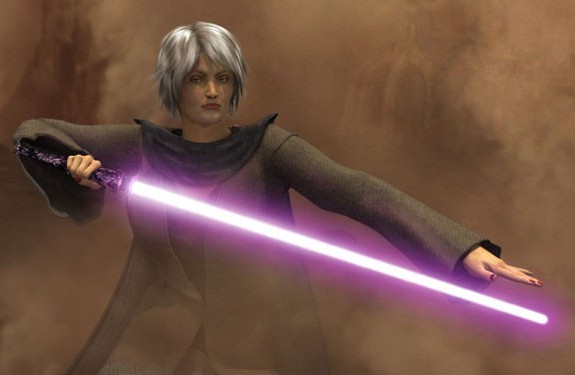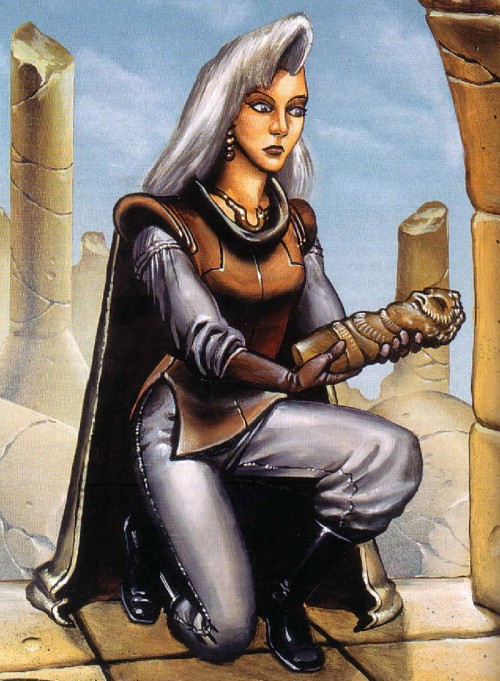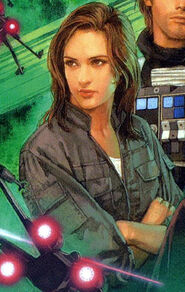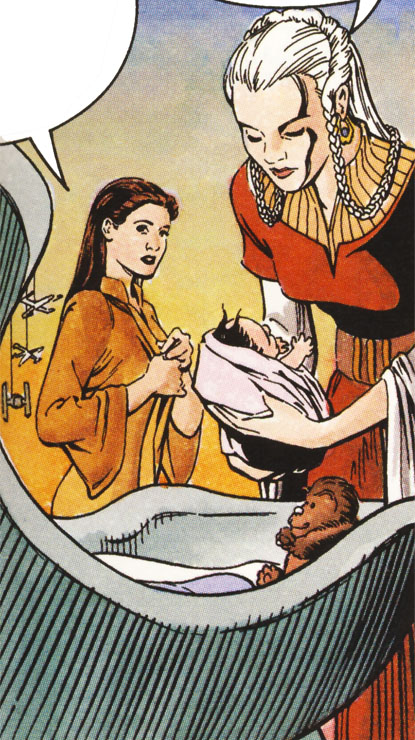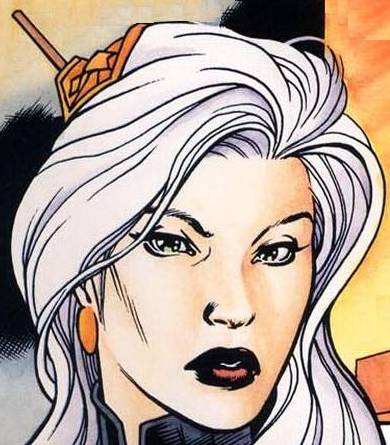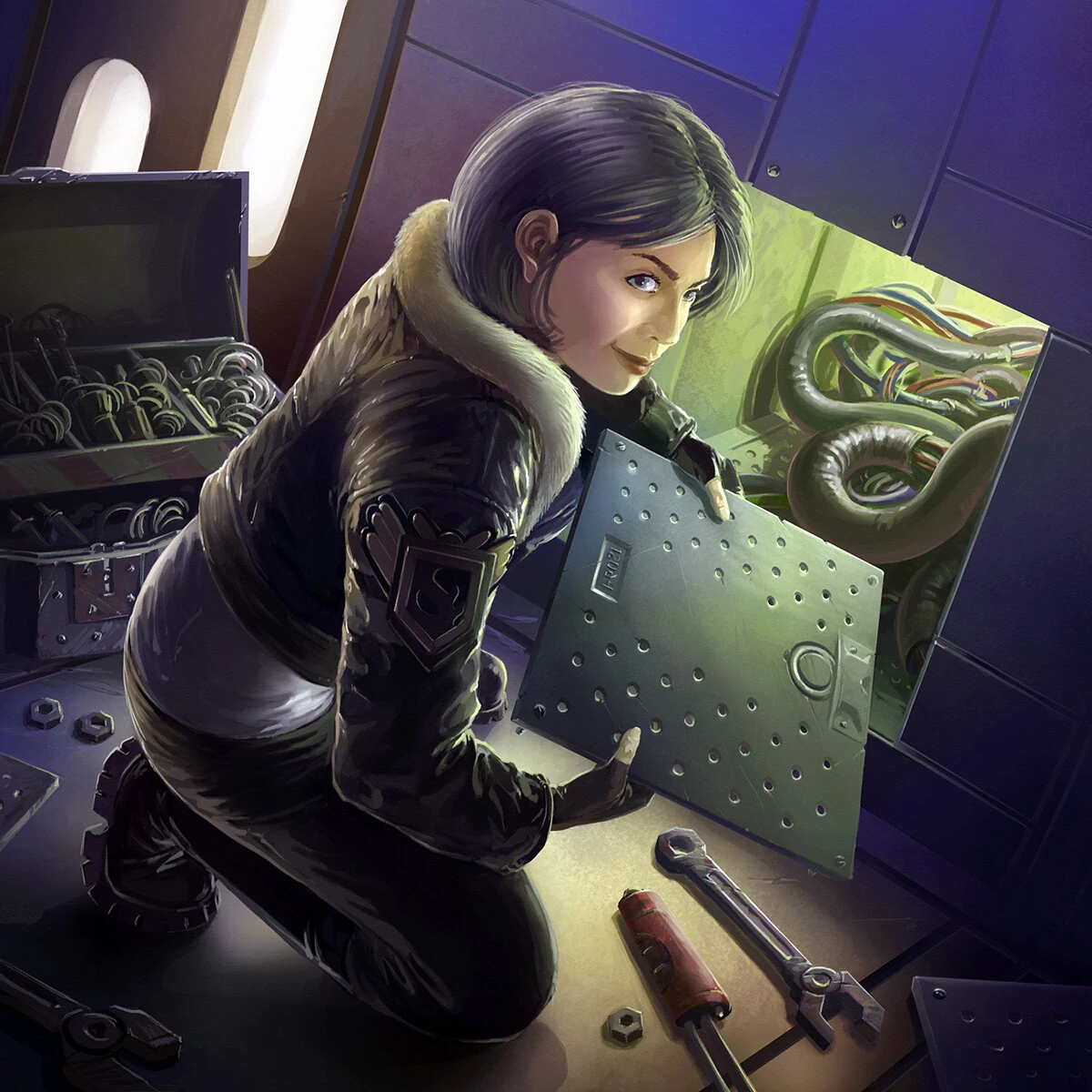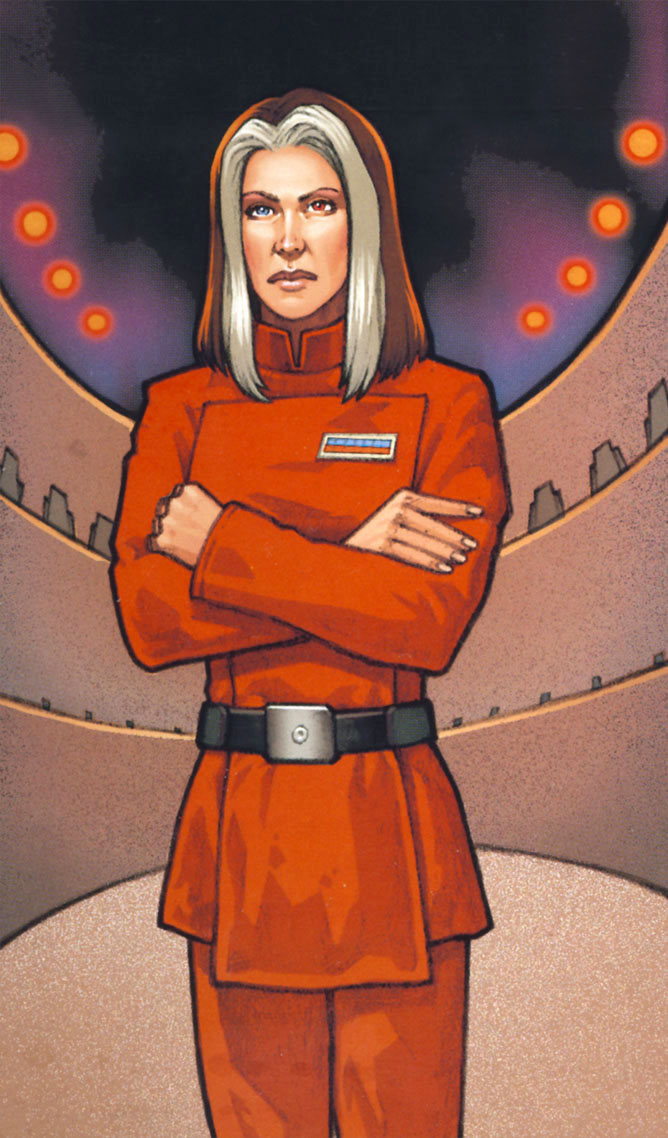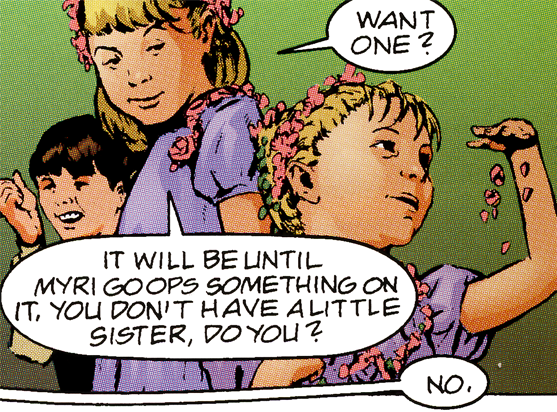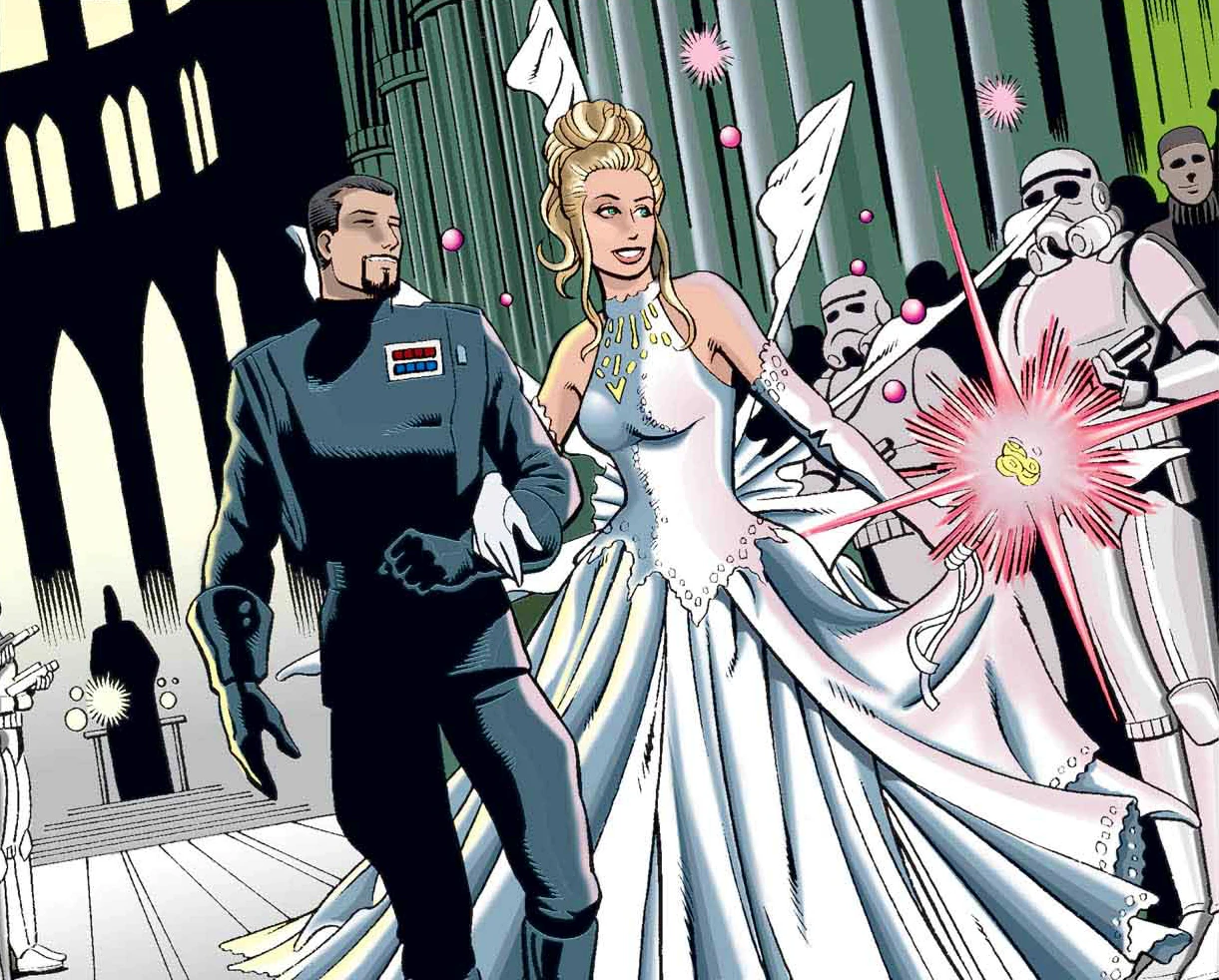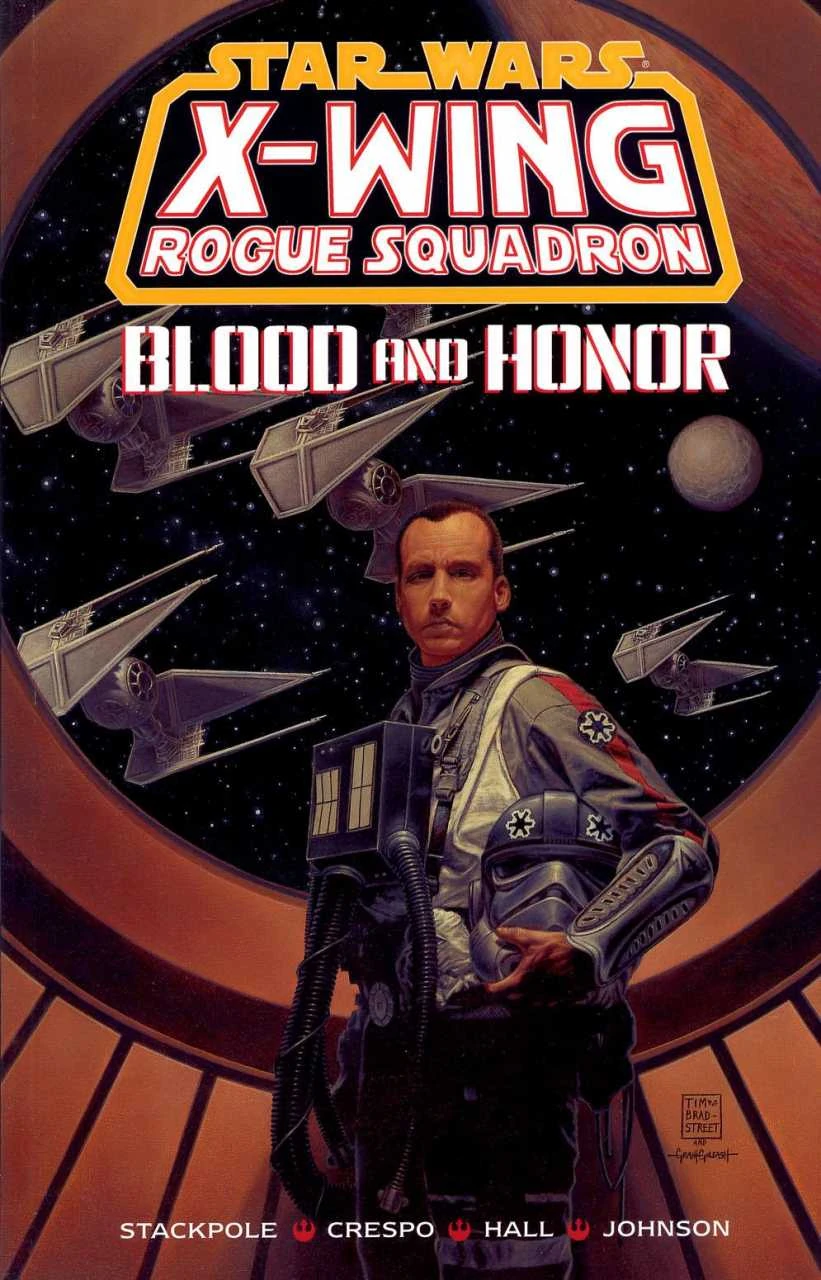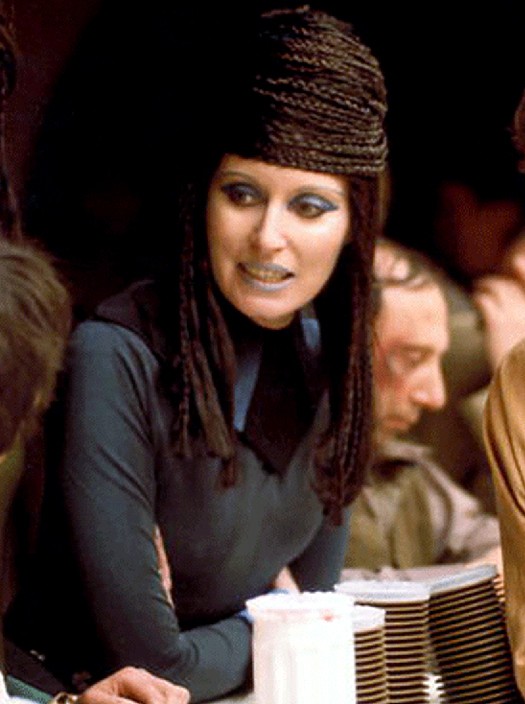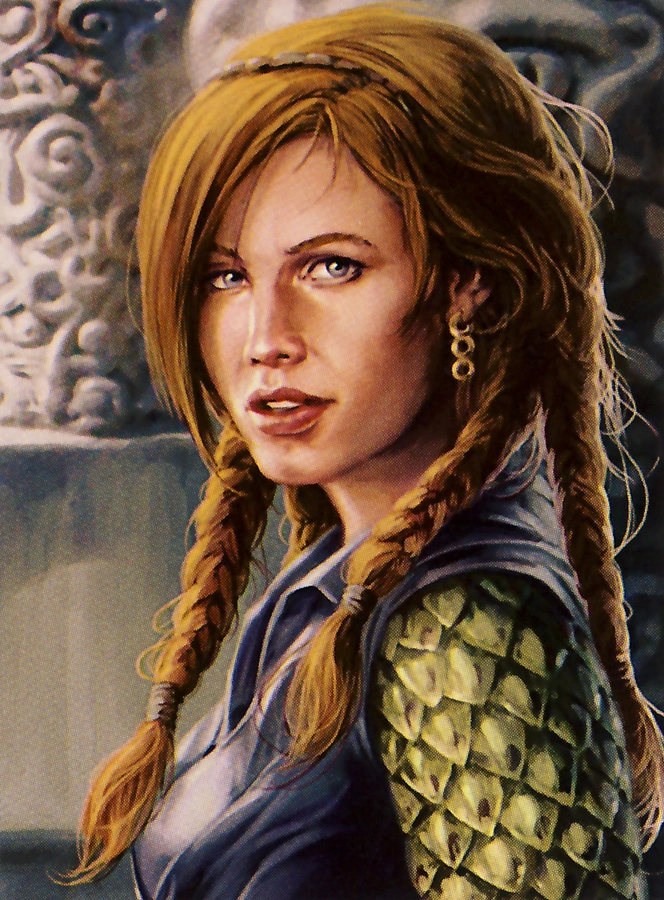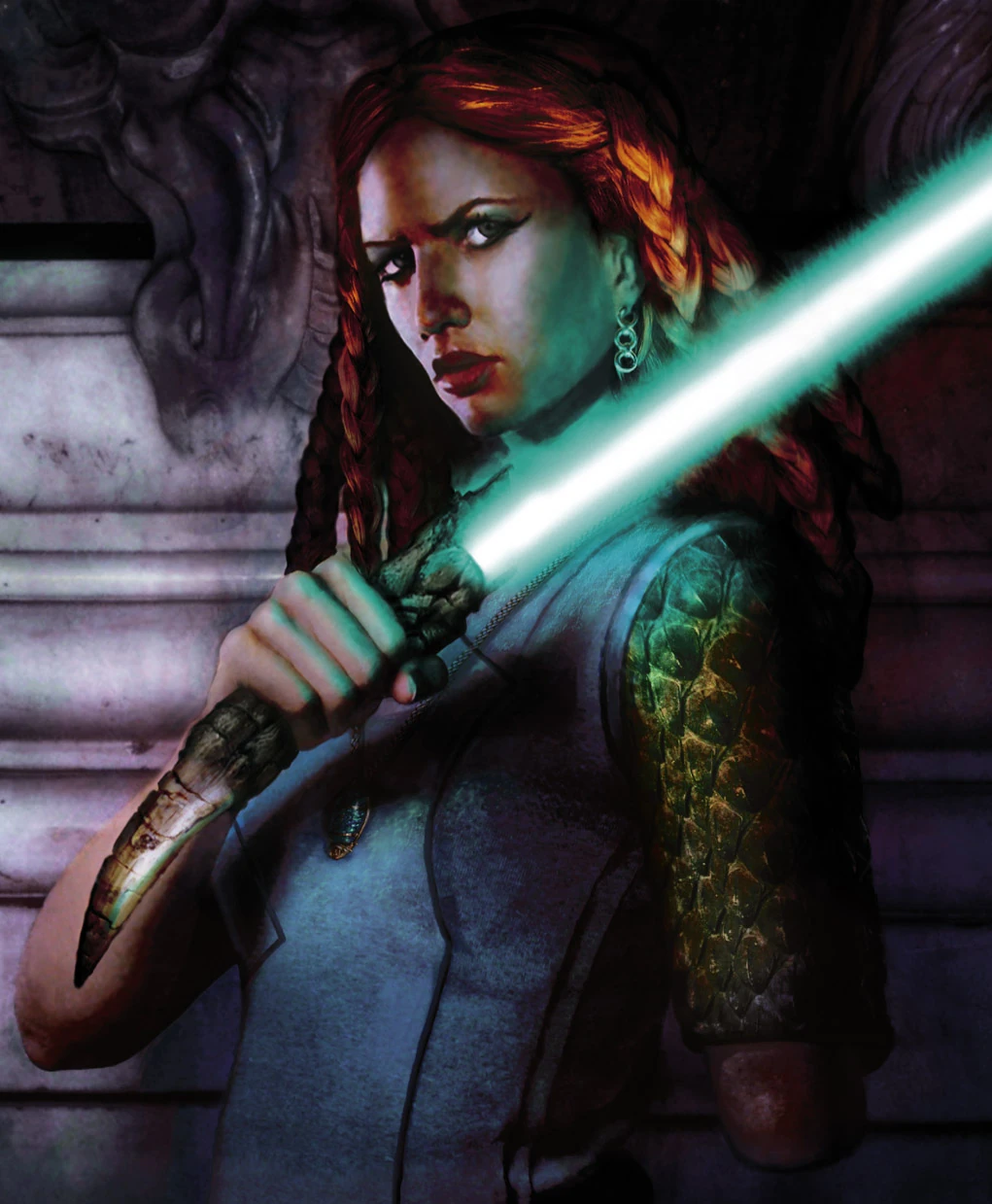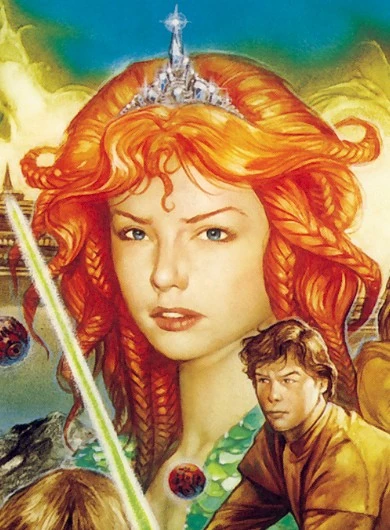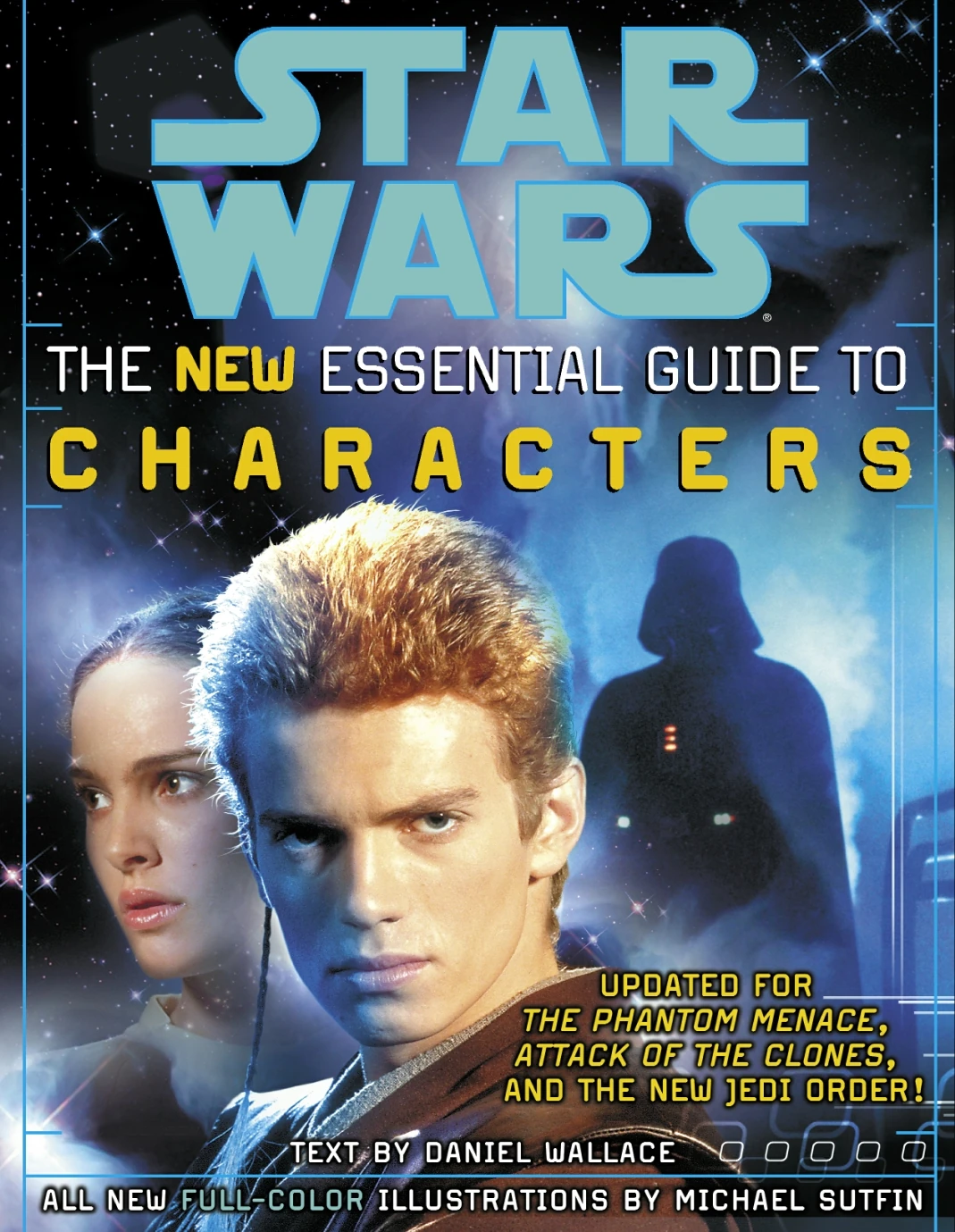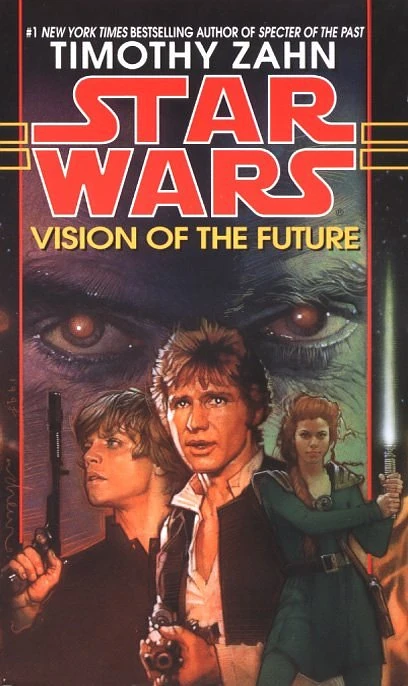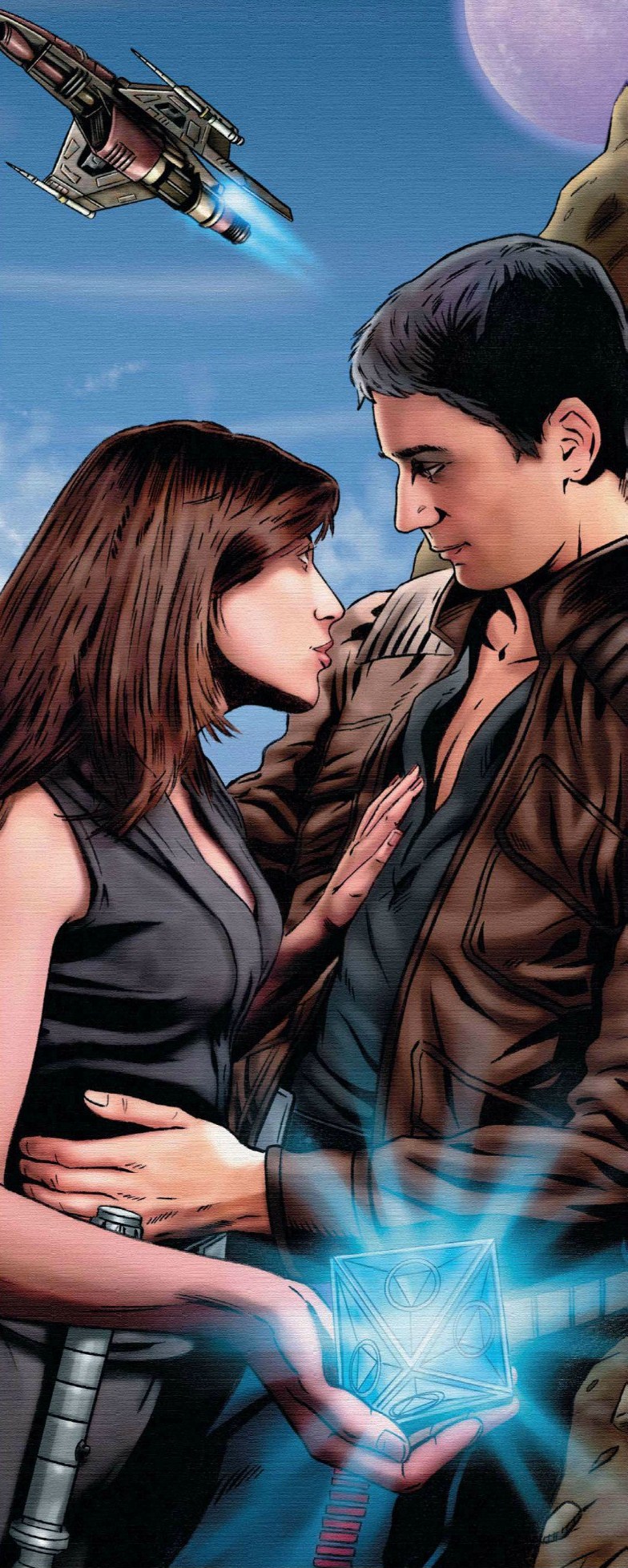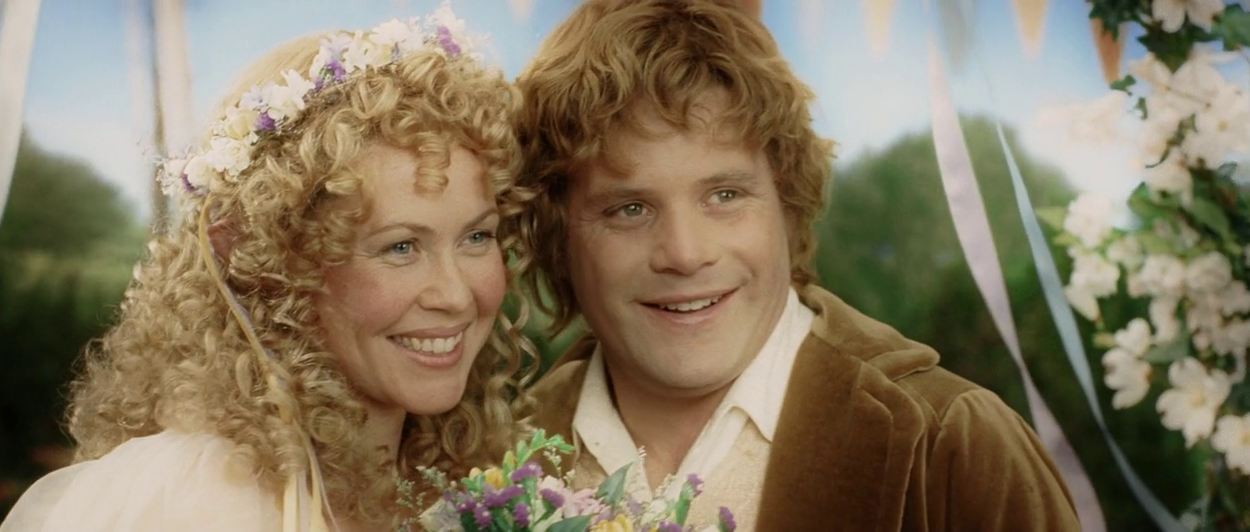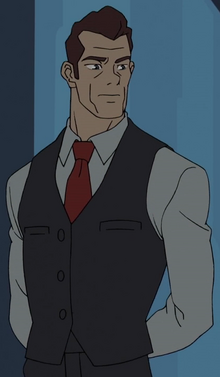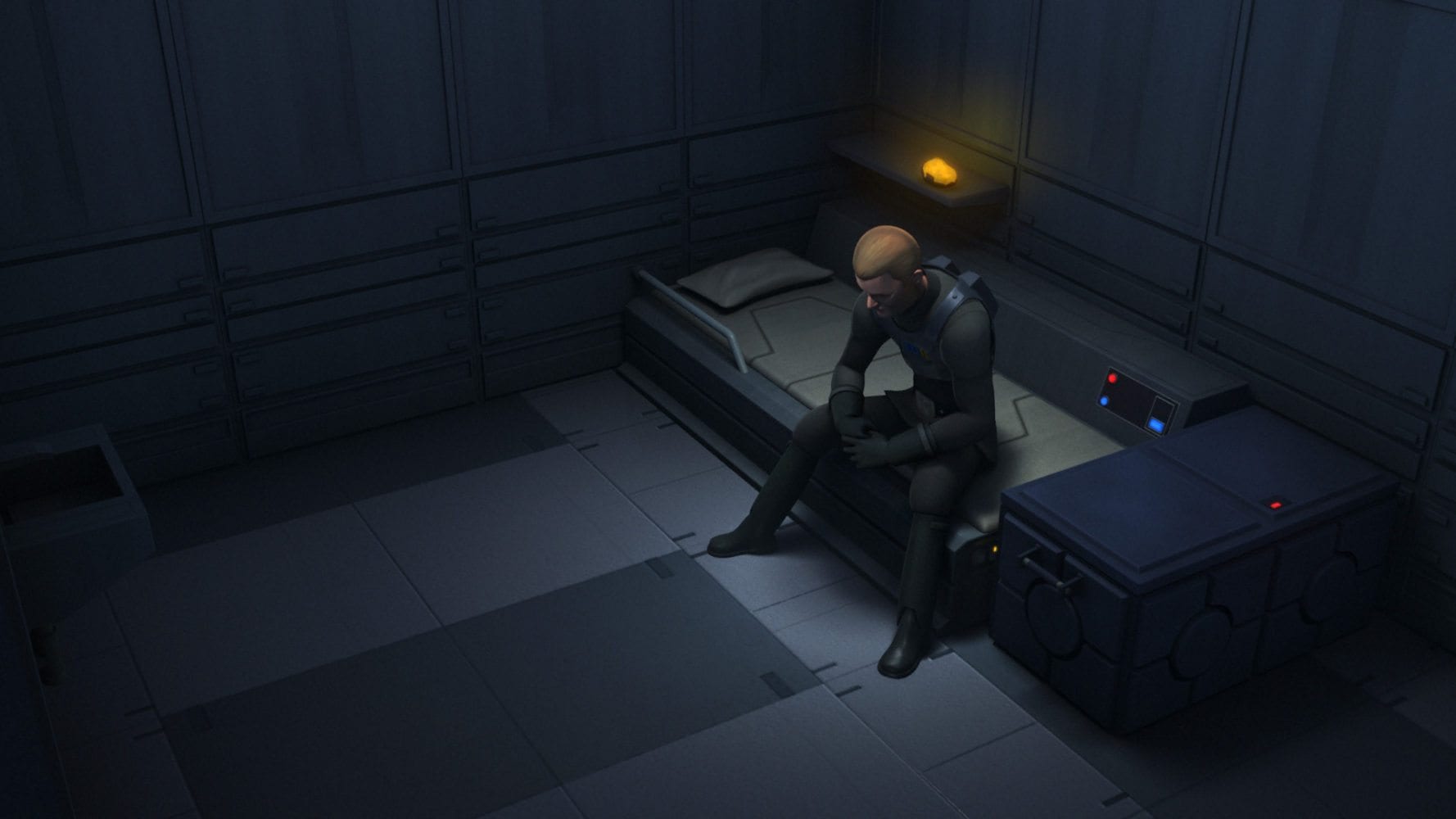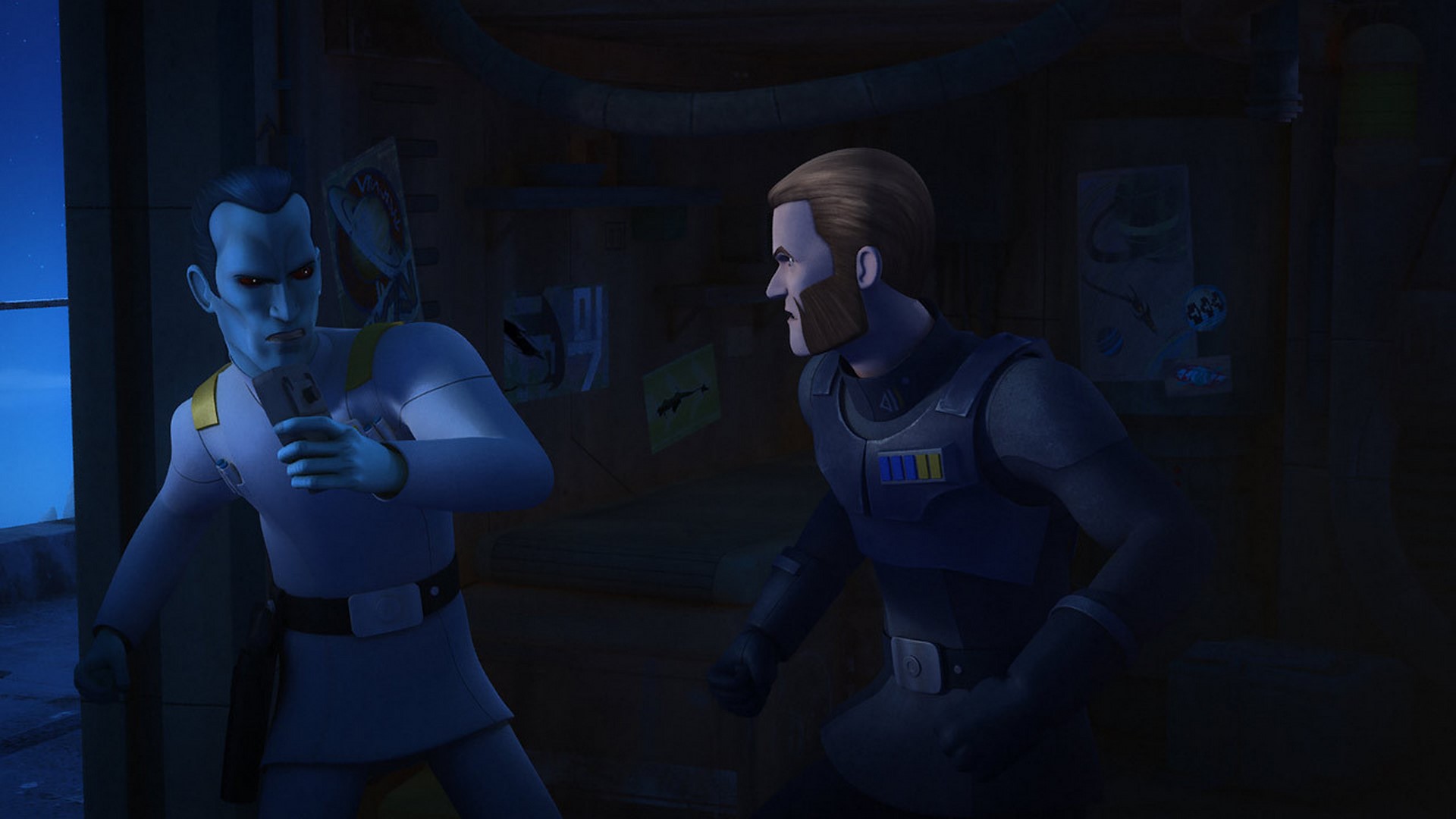
Forgive the numerous Star Wars posts, readers, but the franchise has been on my mind quite a bit lately. My posts about the forgotten heroines from a galaxy far, far away and subsequent interactions with the young ladies who run The Elven Padawan have re-ignited my hibernating interest in these stories. And once my interest in a story has been reawakened, it is hard for me to get it under control.
This is why I began thinking quite a bit about Wedge Antilles, the focus of today’s Spotlight! article. In my early days as a Star Wars fan I was always impressed when, after Wedge’s X-Wing is damaged during the trench run on the first Death Star, Luke told him to break off before he got killed. In marked contrast to his relationship with Biggs Darklighter, Luke barely knew Wedge before going out to attack the giant battle station. They hardly met before being thrust into combat together.
Still, despite their short acquaintance, a viewer can hear the genuine concern in Luke’s voice when he tells Red Two to bail out of the trench run. That scene always stuck with me; in spite of the fact that they didn’t really know one another, Luke Skywalker truly cared about protecting Wedge Antilles. Considering he lost his childhood friend not long afterward, that says a lot about the budding Jedi Knight’s character.
My regard for Wedge in the films at the time was, clearly, less about him and more about Luke. Thinking back, this blogger really only “met” and came to like Wedge Antilles during her first read through of Timothy Zahn’s novel Vision of the Future, from the Hand of Thrawn duology. During Vision, Antilles’ character was on full display. His dry humor, his dislike of politics mixing with military matters, and his leadership and tactical abilities caught my attention at once. Through Zahn’s writing this blogger also came to admire Wedge for his loyalty, his strong sense of right and wrong, and his genuine concern for those under his command.
I also appreciated the fact that Wedge hadn’t lost his optimism. Despite everything he had been through, in the old EU Antilles still believed in and hoped for happy endings. He had far more depth and personality in the books than the films had suggested. Subsequently, he stopped being just a face in a cockpit when I watched the movies. In that strange way all good fictional characters have of endearing themselves to audiences, he became something close to a real person for me.

Obviously, this blogger has not lost any respect for his character over the years. Hearing that he would appear in Star Wars Rebels, I was glad to know that at least this old favorite, unlike several others, wasn’t going to be completely forgotten in the new timeline. However, my enthusiasm for his presence in the new stories was tempered by the fact that so much from the first EU had been discarded. I sensed that the people running Disney/Lucasfilm weren’t going to let Filoni and crew bring the Wedge I knew into the new Star Wars timeline.
That isn’t to say that Wedge’s appearances in Rebels weren’t enjoyable. He sometimes came across as a bit foolish in certain scenes, but there were other times when some of the Antilles I knew shone through the changes. It was still Wedge being Wedge (for the most part), and this blogger could like his animated representation for that. The only thing I would have tweaked in Rebels was his brief career as an Imperial pilot. If the Rebels writers could have written Wedge as an undercover agent and recruiter who needed extraction, the episode would have made more sense to me.
The reason I say this is that, in the original stories, Wedge casually hated the Empire and wanted to keep off its radar. Due to the insurance payout he received after his parents’ deaths aboard the family refueling station, he was able to do this by buying his own ship. For a couple of years following the loss of his parents, Wedge ran legal freight around the galaxy. But because of the Empire’s economic stranglehold, finding legitimate, good paying jobs was hard work for independent freighters – especially young ones like him.

In the old timeline, Wedge would cite this economic hardship as his reason for joining the Rebel Alliance. The truth, however, was far different. While working as a cargo pilot Wedge fell in love with a girl named Mala Tinero. She supported the Alliance along with her father and, though Wedge agreed with their ideals, he wasn’t inclined to join the fight against the Empire just yet. That only happened after Mala, her father, and the village where they lived were bombed to atoms when their link to the Rebellion was discovered.
Due to the fact that he was making his first delivery in months that week, Wedge wasn’t with Mala and the others when this occurred. He got back in time to find the Imperials still swarming over what remained of the village. Infuriated and heartbroken, he shot down several TIEs before spending the next few days dodging patrols while trying to find Mala. But it soon became clear that his sweetheart was dead. Devastated, Wedge finally joined the Rebels on Yavin IV, becoming roommates and good friends with Jek Porkins and (drumroll, please) Biggs Darklighter.
From there, Wedge proved his capabilities as a pilot. Han Solo, Tycho Celchu, and Baron Soontir Fel, all legendary pilots in their own rights, recognized Wedge as a skilled flyer. One of his commanders even went so far as to say that Wedge flew “as crazy as Solo,” a high compliment indeed. These combined skills earned him more and more responsibility, meaning that Wedge unintentionally climbed through the Rebellion’s ranks faster than a man his age would have. This put him in position to found Rogue Squadron – a starfighter group that became the troubleshooters for the Rebellion and New Republic – later on with his new friend, Luke Skywalker. It also sharpened his skills as a leader and tactician.
After Luke left the military to restart the Jedi Order, Wedge remained a fighter pilot, refusing promotions in order to stay on the front lines so he could command the Rogues. This meant that most of his subordinates also refused to move up the ranks, since they wanted to stay with their commander. On one occasion, in order to avoid being promoted, Wedge actually engineered his own demotion so he could keep leading his squadron. That can’t have been easy – or particularly safe. But he did it and got away with it. 😉

L to R: Wedge Antilles, two unidentified (to this blogger) Rogues, Corran Horn, and Tycho Celchu.
While the original Wedge Antilles was generally willing to obey orders, he wasn’t afraid to break with the New Republic when he thought the leadership was being stupid. After Ysanne “Iceheart” Isard took over the bacta-producing world Thyferra, the New Republic hierarchy refused to move against her. Corran Horn, who flew under Wedge’s command as Rogue Nine and had been a captive of Isard’s, quit the military to go after her. This wasn’t because he wanted revenge on her but because he had promised the other captives she was holding – one of whom was General Jan Dodonna – that he would come back to rescue them.
Seconds after Corran quit, Wedge resigned his commission as well. It’s a mark of his character that all but one of the Rogues immediately followed him out of the military and into the fight for Thyferra. (The lone hold out wanted to join them but couldn’t due to politics and family ties.) Appointing Wedge as their leader, the Rogues hooked up with the anti-Isard resistance on the planet and recruited other rebels to help them oust her from power. The campaign took some time – I’m not really sure whether it was an intense few months or a couple of years. In the end, though, the Rogues successfully freed Thyferra. Upon winning the “Bacta War,” as Wedge had dubbed it, Antilles and the rest of the Squadron were allowed back into the New Republic military.

A couple of original Expanded Universe writers mentioned that Wedge’s morality was something they liked about him, and I have to say that it impressed me, too. Though prone to explosive bursts of anger and inclined to take revenge on those who harmed him or his friends/family, Wedge didn’t let pain, grief, and anger rule him completely. Yes, he chased down and killed the pirates who murdered his parents by disengaging prematurely from their fueling station. And, yes, he did kill the TIE pilots who murdered Mala in anger. There were other instances where he took similar actions against different villains, too. But in each case, Wedge didn’t let his desire for vengeance completely control him, showing honor and mercy in his dealings with the enemy even when he didn’t necessarily feel like offering either to them.
In many ways, Wedge had a sense of honor and morality that was in line with the Jedi code. As Wedge once explained it, he killed not because he enjoyed it, but because by “burn[ing] down” the Empire and other enemies, he ensured that innocent people got to “stay happy.” This attitude made it very hard for him to accept unavoidable collateral damage caused during big battles. It also left him feeling guilty when he had to watch members of both Rogue and Wraith Squadrons fly to their deaths.
Looking at him now, I think that one of the reasons why I like the original Wedge Antilles so much is that he was a Jedi Knight at heart. The fact that he stood out to Force-sensitives like a torch only cements this idea for me; Wedge is said to have “projected a strong presence in the Force” which was indicative of “vitality and a focused mind.” For a non-Force user to “glow” so brightly that even a Jedi has to reach for a set of sunglasses to look at him shows that Wedge was no pansy or push over.
This is why I have trouble reconciling “original Wedge” with the new timeline’s treatment of the character. According to this video here, the broad strokes of Wedge’s new history match up with the original – but that’s in the broad strokes. In the new books, Antilles apparently tells someone that he joined the Rebellion because the Empire hurt his family and the girl he loved. This has led some to think that the crew of the Ghost is the family Wedge is talking about, and that the girl he loved is Sabine Wren.

There are several reasons why I am not comfortable with this idea. Although Wedge worked with the Ghost crew a fair bit in Rebels, there was no obvious indication during his appearances there that signaled he was specifically a member of “their” family. If there was, I either missed it or forgot it. And while one could argue that he and Sabine had chemistry, I can’t see them actually clicking. They have incompatible personalities; she’s too fierce and he’s too steady. It’s like expecting a firecracker and a hearth fire to get along well together. If this is what the new timeline actually did to these two characters…. I have to say that it is not going to work for me.
In the new timeline Wedge is also supposed to have founded Phantom Squadron, which is probably a callback to the original EU’s Wraith Squadron and the new timeline’s Ghost crew. Other than that, I think Wedge just sort of disappears in the new stories. Whether he vanishes quietly or in a blaze of glory (my money is on the latter), really doesn’t matter; what matters is that this isn’t the Wedge I know and like. This means that I have zero interest in “new Wedge” going forward.
While some might say that it is unfair for me to do this based on comparisons between the new and old Star Wars histories, the fact is that in my case, it was inevitable. Besides, when a franchise as popular and universal as Star Wars disowns forty odd years of canon stories to rebuild the franchise from scratch, they can’t expect people not to weigh the two timelines against each other. Having done this, I must agree with the assessments made by many other fans; from my perspective, Disney/Lucasfilm is turning the vibrant, colorful worlds of Star Wars into a relatively bland and shallow universe. With the exception of Rebels and Rogue One, none of the new Star Wars material I’ve read or seen comes close to matching the original EU’s depth and energy.
This isn’t a spur of the moment decision. I have read some new timeline books, and I can point to certain problems I had with them. As detailed here, I ran into things in a couple of these novels which irked and disgusted me. While others might consider these to be minor problems or to be small, isolated changes in a bigger picture, they are nothing of the sort to me.
The reason these alterations are not insignificant to this blogger is that they illustrate a wider, bigger, and very disconcerting (to me and others) disparity between the two timelines. Up until the Yuuzhan Vong War, there was an animating spirit which enlivened the old EU – one that is missing from the New Timeline. The fact that it’s missing isn’t obvious at first; I got hooked by the writing in Lost Stars until the second sex scene occurred. Having found Star Wars books to be free of such things in the past, Claudia Gray’s second “romantic interlude” in Lost Stars threw me out of the story fast and hard. I only finished the story because I was half-hoping it would get better.
All it did was get worse.
Now I will not say that the old EU was perfect. My dislike of and outright hatred for the original EU’s Yuuzhan Vong War and following stories is well-documented. The only thing I find acceptable about the original timeline’s Yuuzhan Vong War books and following media was the addition of Ben Skywalker, Luke and Mara Jade Skywalker’s son, to the storyline. The rest of stories which followed the Yuuzhan Vong War are detestable trash. It is true, too, that I still like Rogue One and Star Wars Rebels (up to season four, anyway). The New Timeline didn’t completely disappoint me in these areas; these stories were what gave me hope Disney/Lucasfilm could do honor to the franchise.
Unfortunately, the rest of the Disney/Lucasfilm’s New Timeline has dashed that hope, and not simply through its lamentable handling of the Skywalker saga. I not only agree with others who believe that Luke, Leia, and Han have all been terribly abused by the new writers, I believe this disrespect has trickled down to their treatment of great secondary characters like Admiral Ackbar and Wedge Antilles. The excuse some Disney/Lucasfilm execs have probably used on fans like me who complain about these disheartening changes to the Star Wars brand is that the franchise is called “Star Wars.” It’s about a galaxy where war is a constant. “Of course people are going to die in Star Wars!” these execs shout at me and other fans, “You’re all idiots for expecting your heroes to live forever. Everyone dies, especially in wars. That’s real life!”
My answer to that multi-layered insult is yes and no. Yes, people die in wars. Yes, heroes cannot live forever – not here, anyway. They have to pass beyond the curtain of death to reach eternal peace, life, and happiness, the rewards for their long years of service to the Greater Good in the physical world. I recognize and understand this. In point of fact, I embrace it.
But since Disney/Lucasfilm wants to play the “perpetual war” card, allow me to lay out an Idiot’s Array in answer: all of human life is a war. Every human being born into this world is engaged in a private war with himself or herself, with the world, and with the devil. To live is to go to war. And in order to get through these personal wars, which end only at our deaths, we need heroes to inspire us to keep fighting when everything seems hopeless and pointless. Fictional “people” who succeed despite the challenges facing them, who “could have turned back lots of times, only they didn’t,” to paraphrase Master Samwise Gamgee. Without the help of such fictional reminders, most of us would have cracked under the pressure to “take the quick and easy” path a long time ago.
The original EU writers recognized and understood this, at least prior to the Yuuzhan Vong War storyline (though some knew it even then, but were prevented by Lucasfilm’s editors from doing what they knew was right). Human life, human history, is a battle – a continuous war – against the physical and interior manifestations of evil. While I am inclined to believe that Filoni and Zahn still understand this truth, I am convinced that the majority of the new writers have forsaken the truth and The Truth for another agenda entirely.

Wedge and Iella Antilles
I’m sorry if my opinion hurts your feelings, readers. But this is what my various encounters with both SW timelines has led me to believe. Reminiscing about and studying Wedge’s original depiction in comparison to that of his new timeline counterpart is what put this difference between both universes into perspective for me. I know that plenty of people aren’t going to agree with the opinion I have voiced here, but this is what I think. With a few notable exceptions the new Star Wars timeline is, to me, a weak imitation of the original.
That’s not a fun thing for this writer to admit. However, as Kyle Katarn said, “The truth hurts, but lies are worse.” It’s time I stopped dancing around the point and stated my position clearly: I am officially done with the New Timeline. Disney/Lucasfilm is not supporting the truth; therefore, I cannot and will not support them.
This means that the new timeline’s Wedge Antillies is not the one I am – or will ever be – looking for. The Wedge I am looking for is ensconced in an X-Wing cockpit, frying TIEs and leading the Rogues. He’s happily married to Iella Wessiri, whom he finds more attractive as time passes. He is planning to tell his daughters to wear blasters when they reach dating age, just in case they run into a problem. He is also waiting to hear his friends Luke, Han, and/or Leia say, “Hey, I need a favor…” because whenever they call on him, things get interesting real fast.
If you want to “meet” the Wedge I like so much “in person,” readers, you can start with his “Legends” Wookieepedia article here. If you would prefer to skip that, try Timothy Zahn’s Thrawn trilogy and Hand of Thrawn duology. (Neither set of books requires any kind of Warning for Younger Readers. Although he has his faults, Zahn writes squeaky clean stories.) Wedge’s parts in the trilogy are brief but well rendered, and he shines very brightly in the Hand books. Jedi Search is another good place to “meet” Wedge, too.
Until I can read and review more books starring my favorite EU Rebel/New Republic pilot, these are my only recommendations for you, readers. So, ‘til next time –
May the Force be with you!
Best Friends Forever.


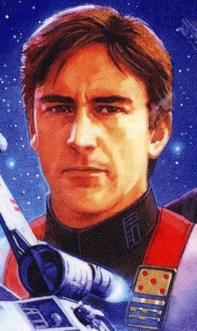


![[PDF/ePub Download] champions of the force star wars the ...](https://proxy.duckduckgo.com/iu/?u=http%3A%2F%2Fecx.images-amazon.com%2Fimages%2FI%2F51GitvuayFL.jpg&f=1)






